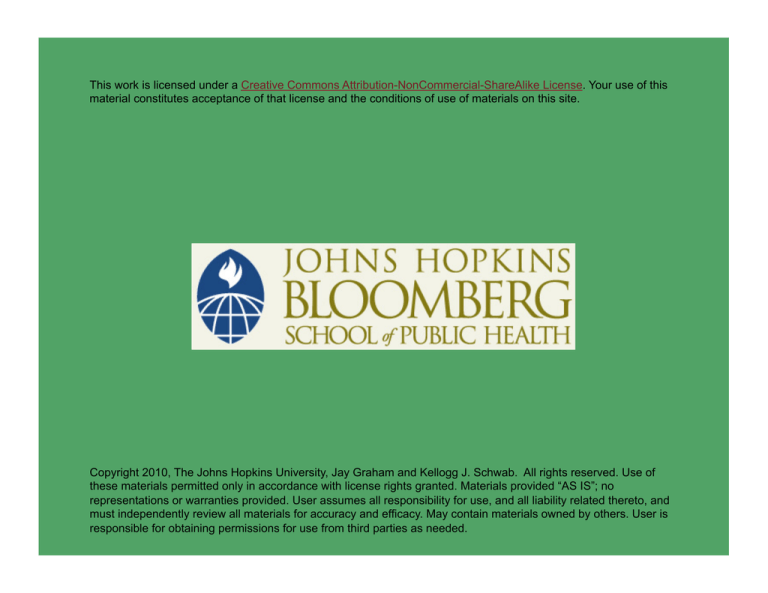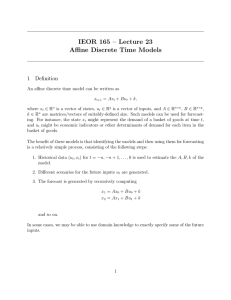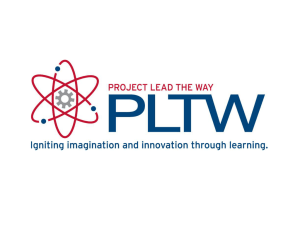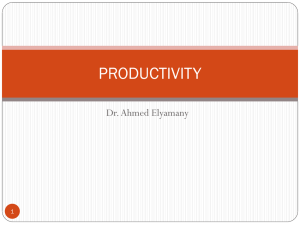
This work is licensed under a Creative Commons Attribution-NonCommercial-ShareAlike License. Your use of this
material constitutes acceptance of that license and the conditions of use of materials on this site.
Copyright 2010, The Johns Hopkins University, Jay Graham and Kellogg J. Schwab. All rights reserved. Use of
these materials permitted only in accordance with license rights granted. Materials provided “AS IS”; no
representations or warranties provided. User assumes all responsibility for use, and all liability related thereto, and
must independently review all materials for accuracy and efficacy. May contain materials owned by others. User is
responsible for obtaining permissions for use from third parties as needed.
Section G: Potential Solutions
Jay P. Graham, PhD, MBA
Johns Hopkins University
Animal Waste Disposal in the Netherlands
Lots of food animals and very little land
- 10,000,000 hogs; 81,000,000 chickens; and 2,400,000 dairy cows
Two-year moratorium
Mineral accounting system
-
-
-
Similar to a nutrient management plan
Large operations with less land were affected
Minimal costs to small farmers
Livestock buyout program
Results indicate that voluntary programs don’t work
3
Worldwide Scope of Industrial Animal Production
Problems with industrial food animal production (IFAP) are not
limited to the United States
As the U.S. tightens regulations and enforcement of clean air and
water laws, companies are moving their operations overseas to
countries with little or no environmental or labor oversight
Example: Smithfield Foods/Premium Standards
- 1990: Operated only in the United States
- 2000: Expanded to seven countries, with hog operations in
Mexico, Poland, and Romania
4
Interventions: Feed Inputs
Remove inputs to animal feed, such as antimicrobials and arsenicals
used for growth promotion
Non-therapeutic use of antimicrobials important for human
medicine has been banned in Europe
- Has resulted in better hygiene and better living conditions for
the animals and improved animal welfare
5
Interventions: Controlling Stocking Density
Increase per-animal density
allotment
-
-
Currently ¾ square feet per
chicken
Currently a few square feet
per hog
Alternative system: hoop
housing (versus current nonbedded confinement)
- Waste handled in dry form
-
Hoop housing
Improved infrastructure for
raising food animals
Photo by friendsoffamilyfarmers. Creative Commons BY-SA. Retrieved from flickr.com
6
Interventions: Decrease Geographic Concentration
Control geographic
concentration
Integrators responsible for
environmental and
community hazards
7
Interventions: Dry Waste Handling
Handle waste in dry form
- Prevents spills and controls odor
-
Allows controlled composting
Raising temperature kills off enteric pathogens
Move toward pastured operations
- Some land not suited for crops
- Beneficial for land and the animals
8
Interventions: Control Global Spread
Control global transformation of the livestock sector in countries
where public health and environmental regulations are weaker
Possible model: Environmental impact statements required of oil
companies going into other countries
Hopefully, other countries will recognize the negative impacts of
current IFAP practices
9
Interventions: Treating Animal Waste
Treat animal waste prior to land application
Necessary because there is so little land available per animal unit
Methods
- Methane digesters—convert waste to energy; very expensive
-
-
Pelletization of animal waste—heated and dried
Composting—most feasible option
Must be controlled and regulated and done correctly
Carbon needs to be added—in poultry sawdust
Aerate the pile, proper moisture to get high temperatures
that kill off enteric pathogens
10
Interventions: Limiting CAFOs
Moratorium on operations in vulnerable watersheds
- Land cannot assimilate any more nutrients on animal waste
-
Limit number of animals produced in certain watersheds
Develop economic incentives to improve management (e.g., fines)
Establish a moratorium on all new CAFOs
11
Levels of Control
Feed inputs
1°
Change feed
inputs:
• Remove
antibiotics,
arsenicals,
hormones used
for growth
promotion
12
Levels of Control
Feed inputs
1°
Change feed
inputs:
• Remove
antibiotics,
arsenicals,
hormones used
for growth
promotion
Production
2°
Improve food
animal
production:
• Decrease animal
crowding
• Increase
facilities
cleaning
• Limit regional
concentration
13
Levels of Control
Feed inputs
1°
Change feed
inputs:
• Remove
antibiotics,
arsenicals,
hormones used
for growth
promotion
Production
2°
Improve food
animal
production:
• Decrease animal
crowding
• Increase
facilities
cleaning
• Limit regional
concentration
Land
application of
waste
3°
Apply appropriate
treatment:
• Composting
• Heat drying/
pelletization
• Incineration
• Dewatering
• Storage
14
Levels of Control
Feed inputs
1°
Change feed
inputs:
• Remove
antibiotics,
arsenicals,
hormones used
for growth
promotion
Production
2°
Improve food
animal
production:
• Decrease animal
crowding
• Increase
facilities
cleaning
• Limit regional
concentration
Land
application of
waste
3°
Apply appropriate
treatment:
• Composting
• Heat drying/
pelletization
• Incineration
• Dewatering
• Storage
Environmental
and health
effects
4°
Monitor and
remediate
impacts:
• Nutrients
• Indicators/
pathogens
• Pharmaceuticals
• Antimicrobial
resistance
15
Discussion
Sanitation voted greatest medical advance since 1840
- 11,300 readers of the British Medical Journal chose the
introduction of sewage disposal (the sanitary revolution) as the
most important medical milestone since 1840
16
Thank You!
For questions/comments: jgraham@jhsph.edu
17









